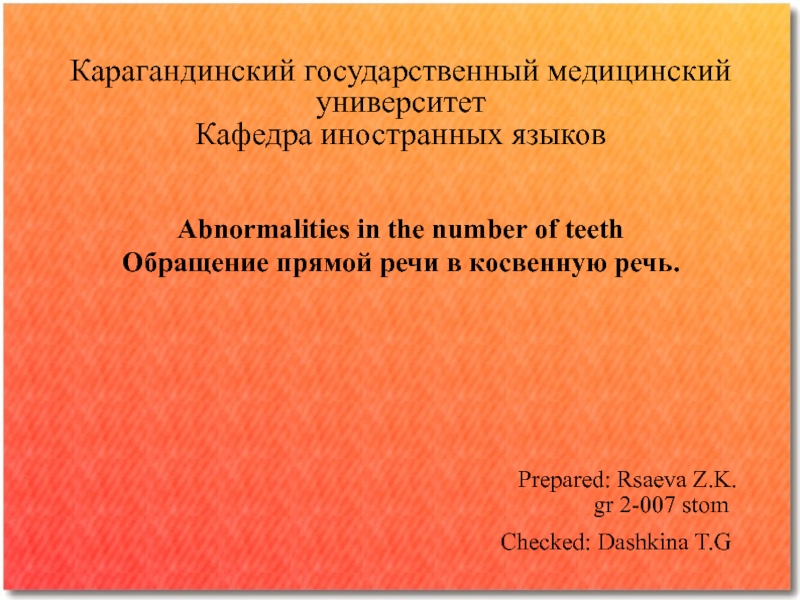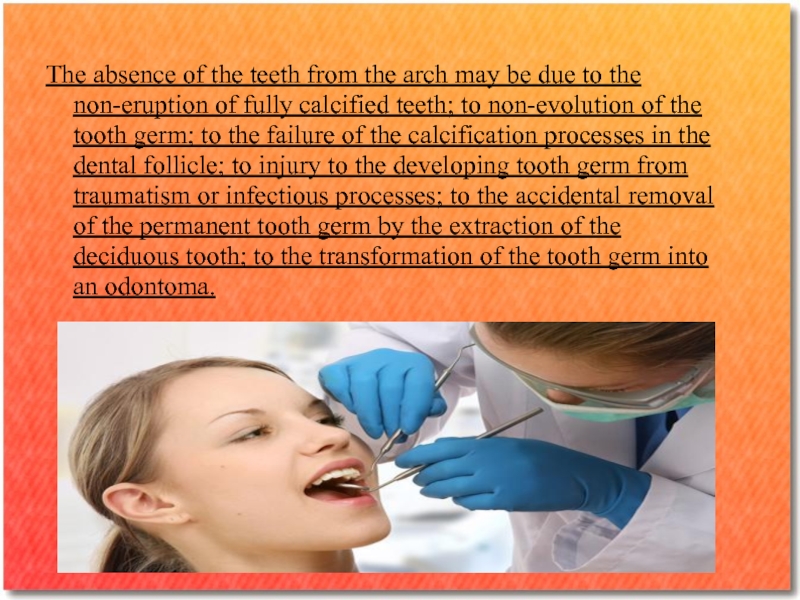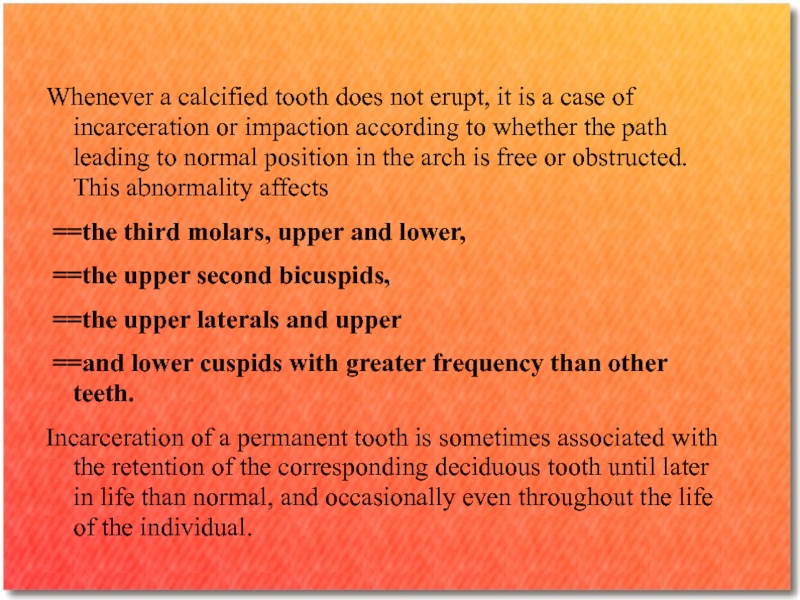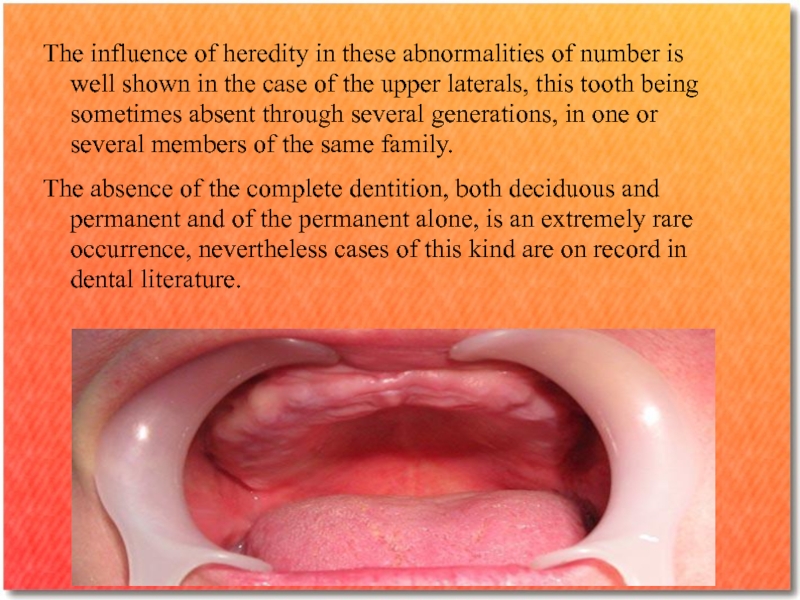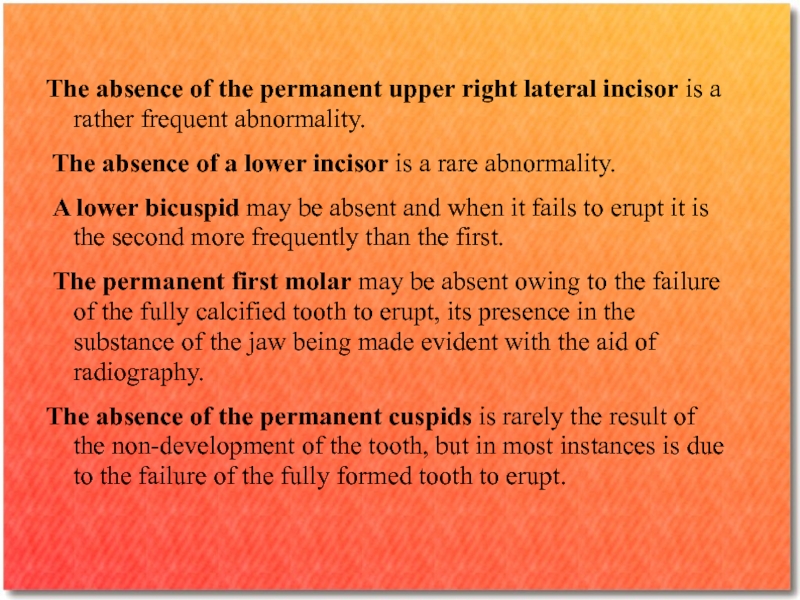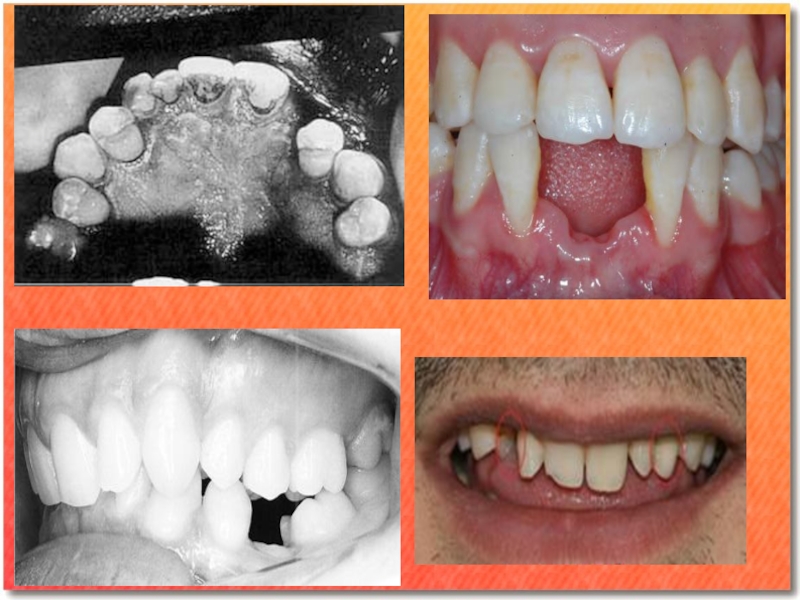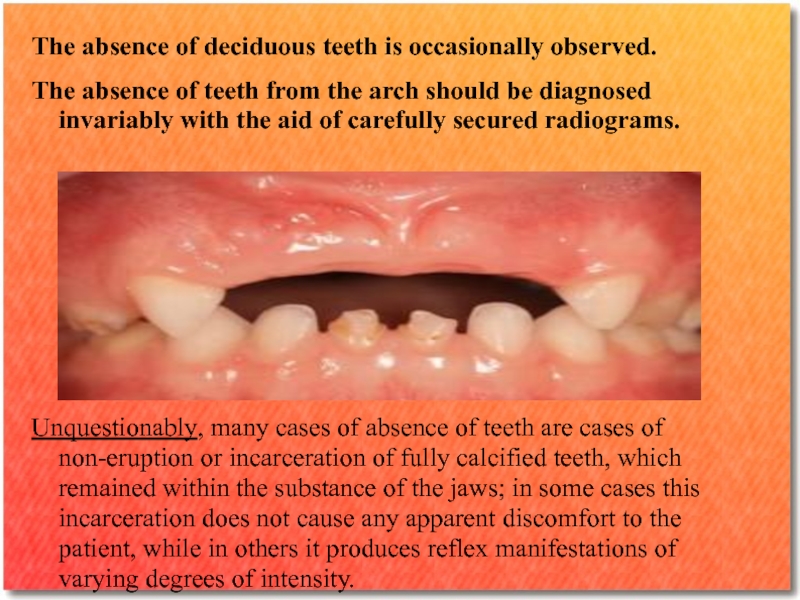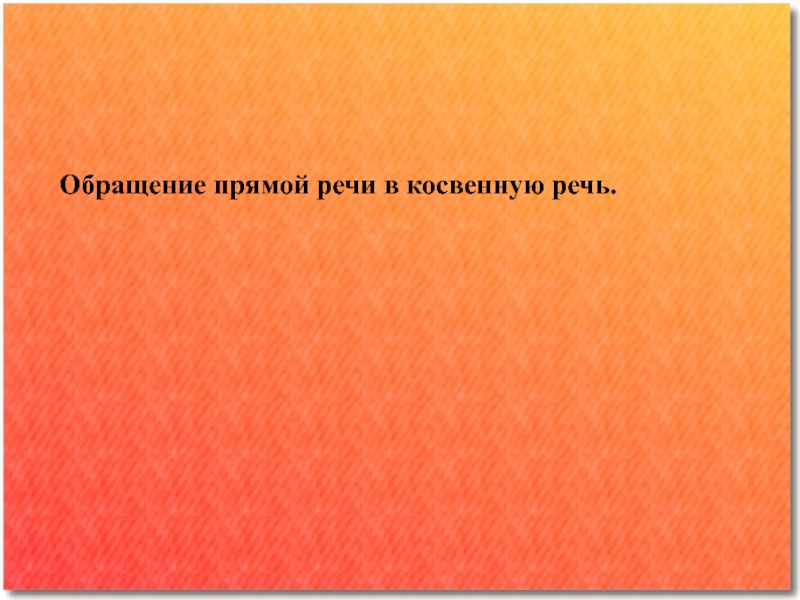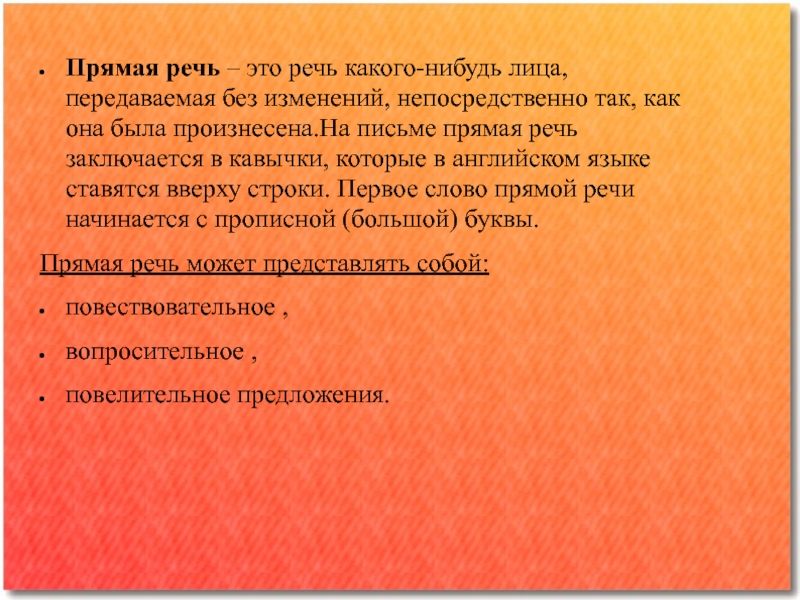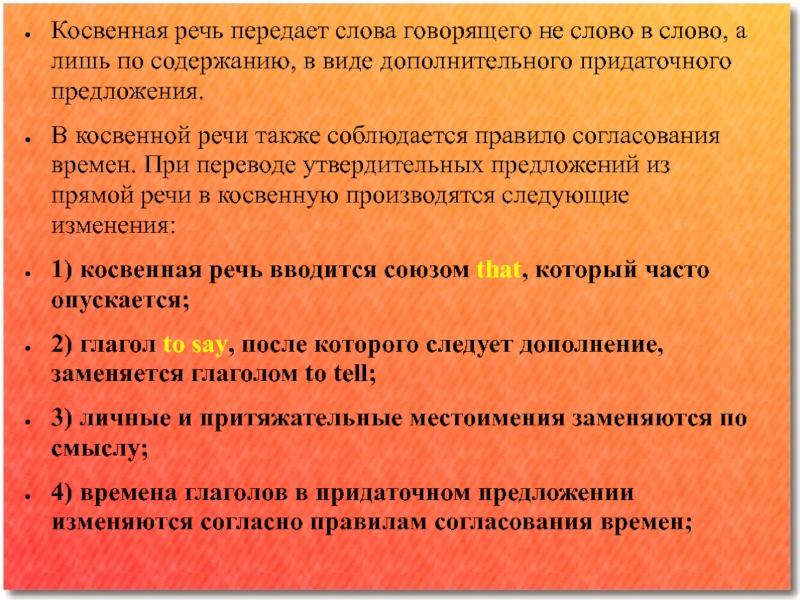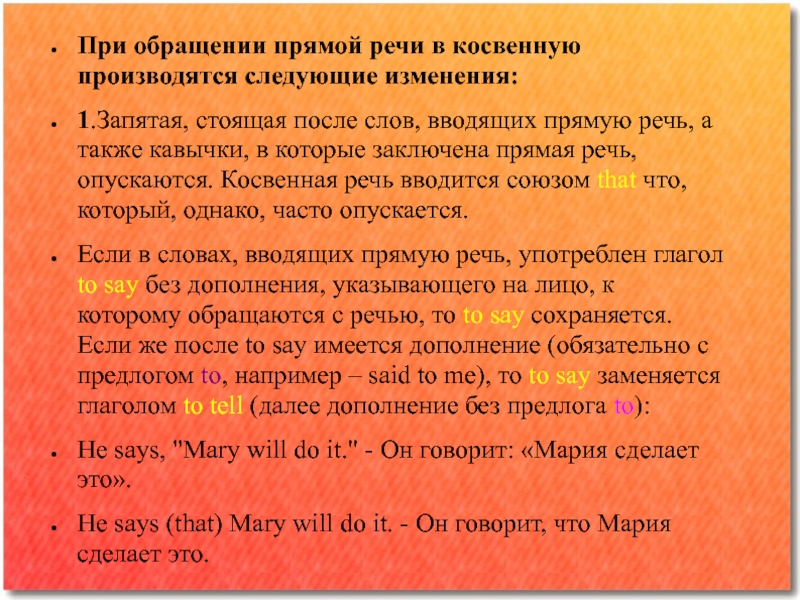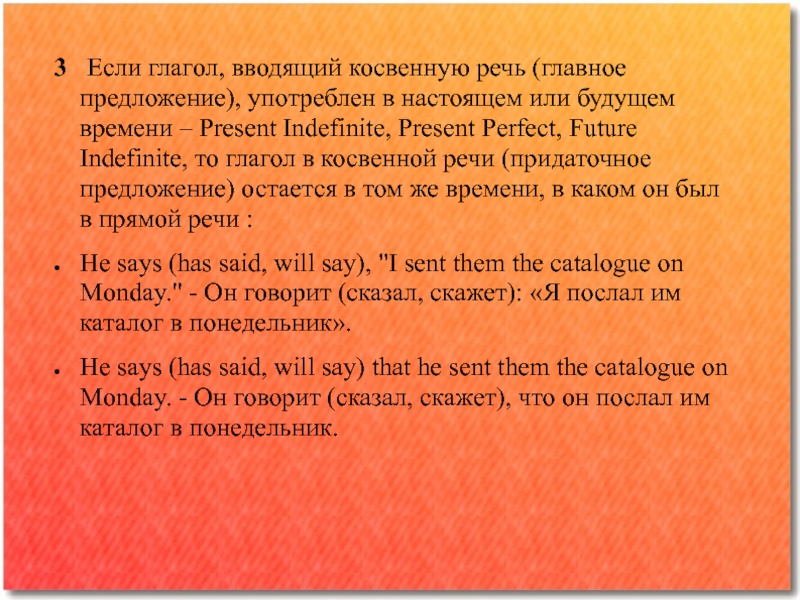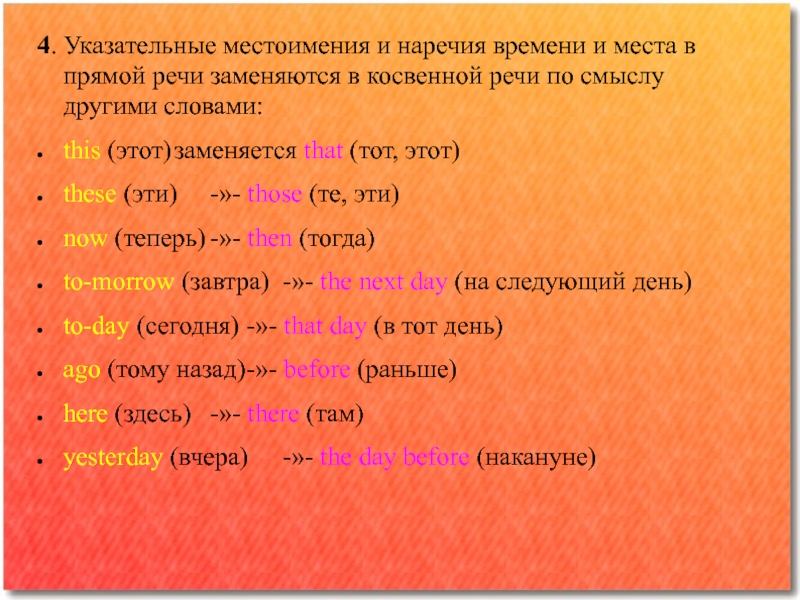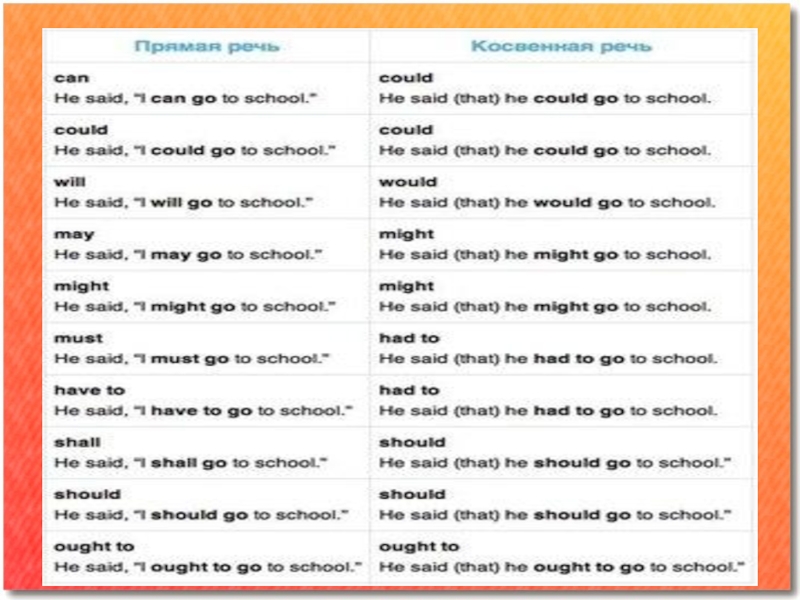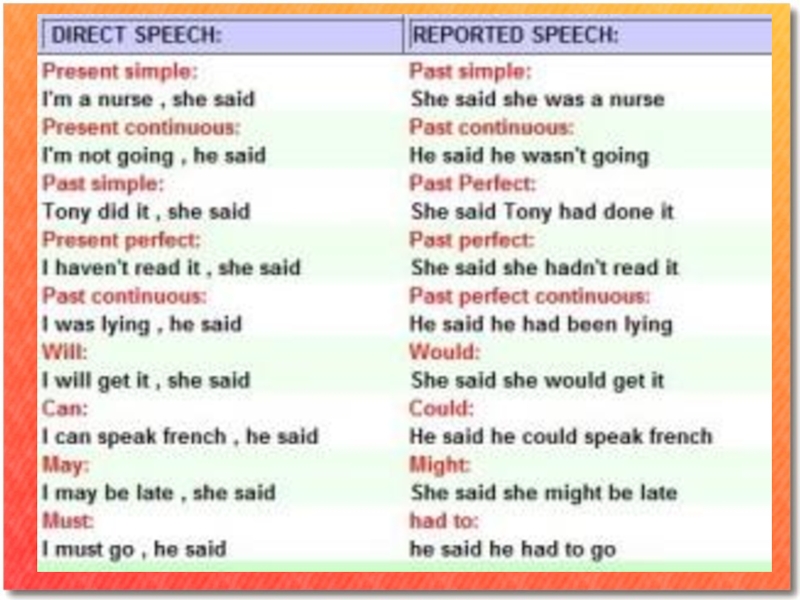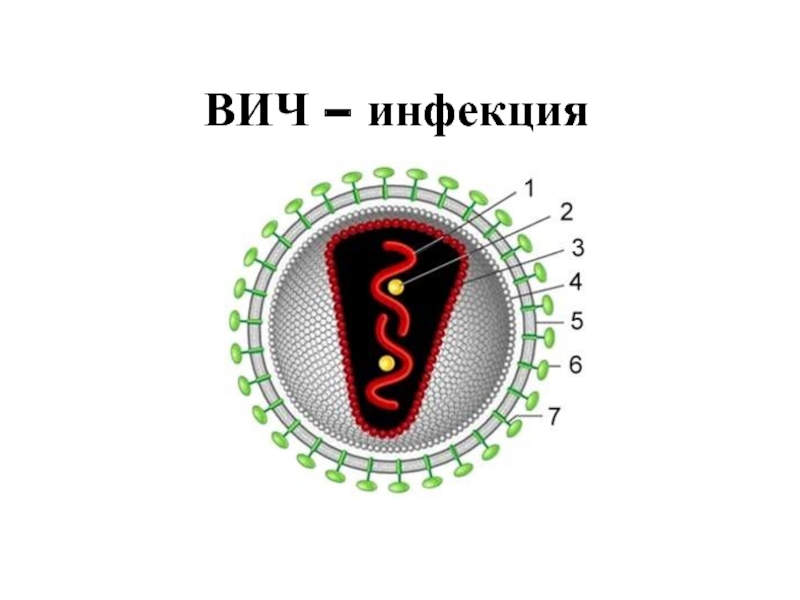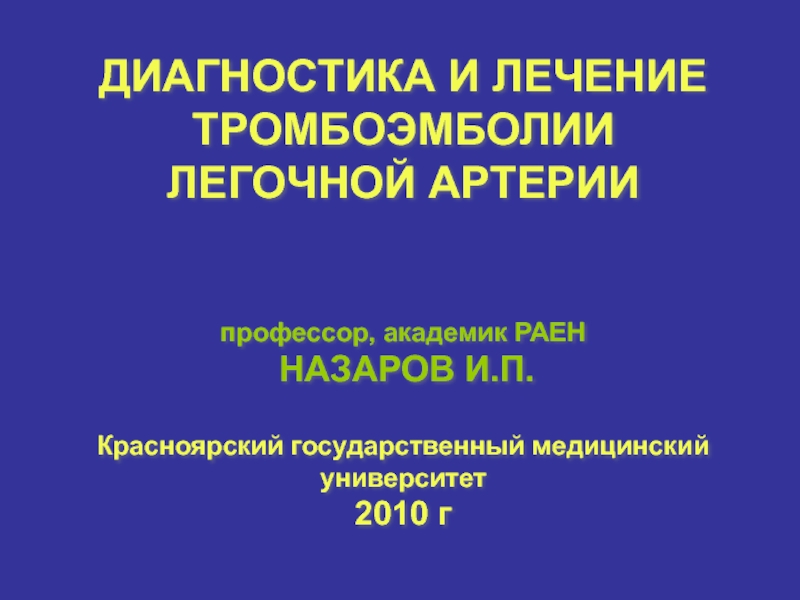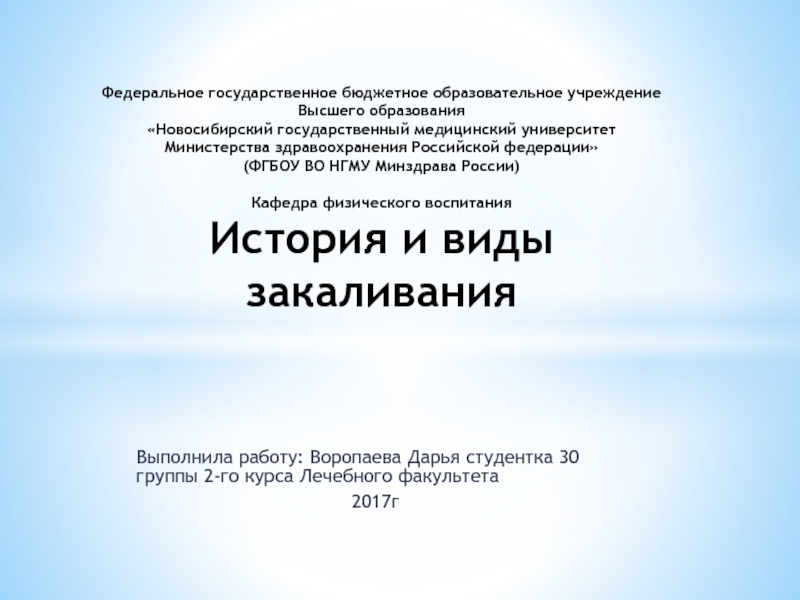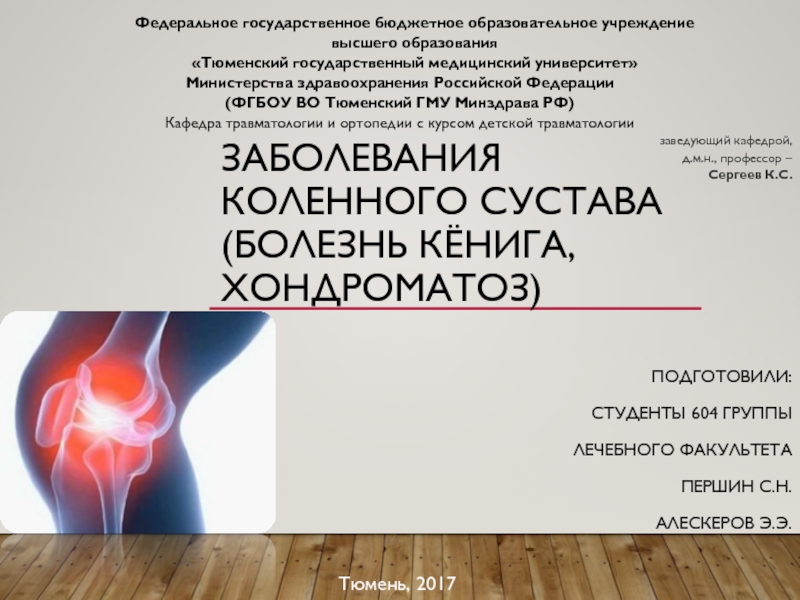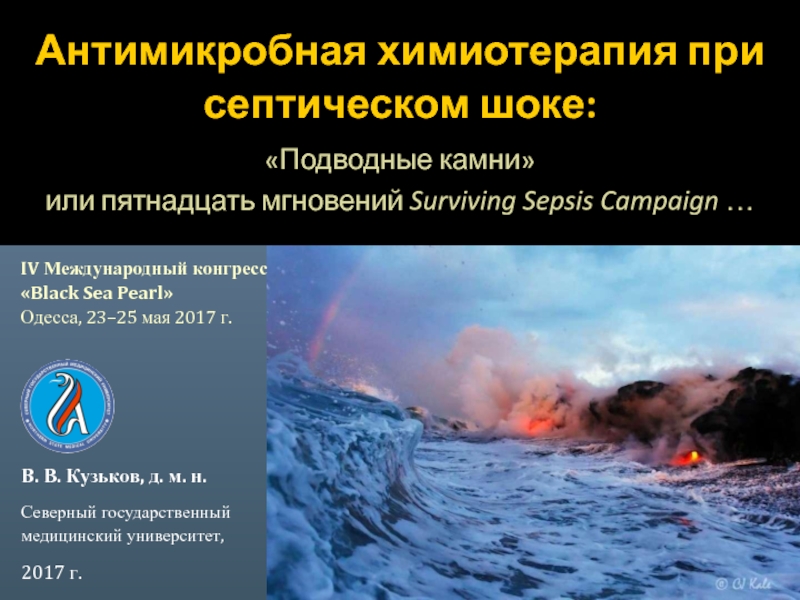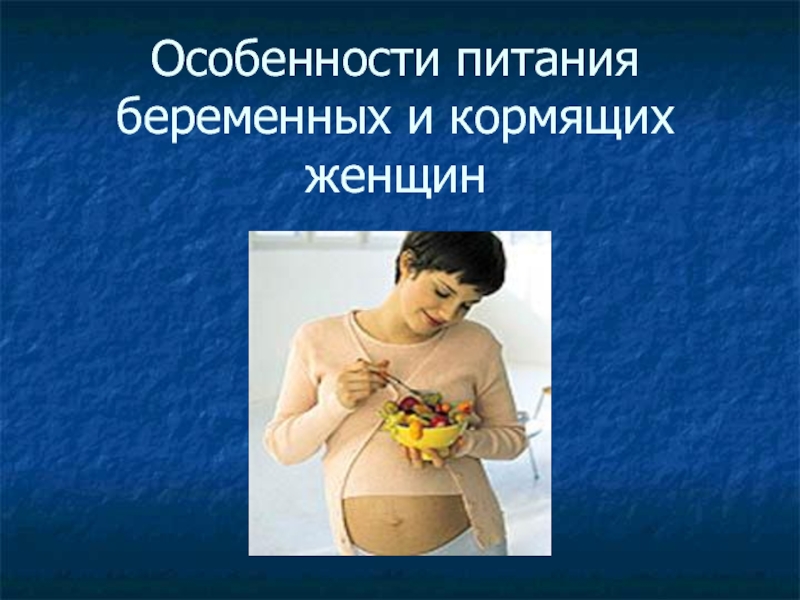прямой речи в косвенную речь.
Prepared: Rsaeva Z.K.
gr 2-007 stom
Checked: Dashkina T.G
- Главная
- Разное
- Дизайн
- Бизнес и предпринимательство
- Аналитика
- Образование
- Развлечения
- Красота и здоровье
- Финансы
- Государство
- Путешествия
- Спорт
- Недвижимость
- Армия
- Графика
- Культурология
- Еда и кулинария
- Лингвистика
- Английский язык
- Астрономия
- Алгебра
- Биология
- География
- Детские презентации
- Информатика
- История
- Литература
- Маркетинг
- Математика
- Медицина
- Менеджмент
- Музыка
- МХК
- Немецкий язык
- ОБЖ
- Обществознание
- Окружающий мир
- Педагогика
- Русский язык
- Технология
- Физика
- Философия
- Химия
- Шаблоны, картинки для презентаций
- Экология
- Экономика
- Юриспруденция
Abnormalities in the number of teeth презентация
Содержание
- 1. Abnormalities in the number of teeth
- 2. The absence of the teeth from the
- 3. Whenever a calcified tooth does not erupt,
- 4. The influence of heredity in these abnormalities
- 5. The absence of the permanent upper right
- 7. The absence of deciduous teeth is occasionally
- 8. Обращение прямой речи в косвенную речь.
- 9. Прямая речь – это речь какого-нибудь лица,
- 10. Косвенная речь передает слова говорящего не слово
- 11. При обращении прямой речи в косвенную производятся
- 12. 2. Личные и притяжательные местоимения прямой речи
- 13. 3 Если глагол, вводящий косвенную речь
- 14. 4. Указательные местоимения и наречия времени и
- 17. Thank you for attention!!!
Слайд 1Карагандинский государственный медицинский университет
Кафедра иностранных языков
Abnormalities in the number of teeth
Обращение
Слайд 2The absence of the teeth from the arch may be due
to the non-eruption of fully calcified teeth; to non-evolution of the tooth germ; to the failure of the calcification processes in the dental follicle; to injury to the developing tooth germ from traumatism or infectious processes; to the accidental removal of the permanent tooth germ by the extraction of the deciduous tooth; to the transformation of the tooth germ into an odontoma.
Слайд 3Whenever a calcified tooth does not erupt, it is a case
of incarceration or impaction according to whether the path leading to normal position in the arch is free or obstructed. This abnormality affects
==the third molars, upper and lower,
==the upper second bicuspids,
==the upper laterals and upper
==and lower cuspids with greater frequency than other teeth.
Incarceration of a permanent tooth is sometimes associated with the retention of the corresponding deciduous tooth until later in life than normal, and occasionally even throughout the life of the individual.
==the third molars, upper and lower,
==the upper second bicuspids,
==the upper laterals and upper
==and lower cuspids with greater frequency than other teeth.
Incarceration of a permanent tooth is sometimes associated with the retention of the corresponding deciduous tooth until later in life than normal, and occasionally even throughout the life of the individual.
Слайд 4The influence of heredity in these abnormalities of number is well
shown in the case of the upper laterals, this tooth being sometimes absent through several generations, in one or several members of the same family.
The absence of the complete dentition, both deciduous and permanent and of the permanent alone, is an extremely rare occurrence, nevertheless cases of this kind are on record in dental literature.
The absence of the complete dentition, both deciduous and permanent and of the permanent alone, is an extremely rare occurrence, nevertheless cases of this kind are on record in dental literature.
Слайд 5The absence of the permanent upper right lateral incisor is a
rather frequent abnormality.
The absence of a lower incisor is a rare abnormality.
A lower bicuspid may be absent and when it fails to erupt it is the second more frequently than the first.
The permanent first molar may be absent owing to the failure of the fully calcified tooth to erupt, its presence in the substance of the jaw being made evident with the aid of radiography.
The absence of the permanent cuspids is rarely the result of the non-development of the tooth, but in most instances is due to the failure of the fully formed tooth to erupt.
The absence of a lower incisor is a rare abnormality.
A lower bicuspid may be absent and when it fails to erupt it is the second more frequently than the first.
The permanent first molar may be absent owing to the failure of the fully calcified tooth to erupt, its presence in the substance of the jaw being made evident with the aid of radiography.
The absence of the permanent cuspids is rarely the result of the non-development of the tooth, but in most instances is due to the failure of the fully formed tooth to erupt.
Слайд 7The absence of deciduous teeth is occasionally observed.
The absence of
teeth from the arch should be diagnosed invariably with the aid of carefully secured radiograms.
Unquestionably, many cases of absence of teeth are cases of non-eruption or incarceration of fully calcified teeth, which remained within the substance of the jaws; in some cases this incarceration does not cause any apparent discomfort to the patient, while in others it produces reflex manifestations of varying degrees of intensity.
Unquestionably, many cases of absence of teeth are cases of non-eruption or incarceration of fully calcified teeth, which remained within the substance of the jaws; in some cases this incarceration does not cause any apparent discomfort to the patient, while in others it produces reflex manifestations of varying degrees of intensity.
Слайд 9Прямая речь – это речь какого-нибудь лица, передаваемая без изменений, непосредственно
так, как она была произнесена.На письме прямая речь заключается в кавычки, которые в английском языке ставятся вверху строки. Первое слово прямой речи начинается с прописной (большой) буквы.
Прямая речь может представлять собой:
повествовательное ,
вопросительное ,
повелительное предложения.
Прямая речь может представлять собой:
повествовательное ,
вопросительное ,
повелительное предложения.
Слайд 10Косвенная речь передает слова говорящего не слово в слово, а лишь
по содержанию, в виде дополнительного придаточного предложения.
В косвенной речи также соблюдается правило согласования времен. При переводе утвердительных предложений из прямой речи в косвенную производятся следующие изменения:
1) косвенная речь вводится союзом that, который часто опускается;
2) глагол to say, после которого следует дополнение, заменяется глаголом to tell;
3) личные и притяжательные местоимения заменяются по смыслу;
4) времена глаголов в придаточном предложении изменяются согласно правилам согласования времен;
В косвенной речи также соблюдается правило согласования времен. При переводе утвердительных предложений из прямой речи в косвенную производятся следующие изменения:
1) косвенная речь вводится союзом that, который часто опускается;
2) глагол to say, после которого следует дополнение, заменяется глаголом to tell;
3) личные и притяжательные местоимения заменяются по смыслу;
4) времена глаголов в придаточном предложении изменяются согласно правилам согласования времен;
Слайд 11При обращении прямой речи в косвенную производятся следующие изменения:
1.Запятая, стоящая после
слов, вводящих прямую речь, а также кавычки, в которые заключена прямая речь, опускаются. Косвенная речь вводится союзом that что, который, однако, часто опускается.
Если в словах, вводящих прямую речь, употреблен глагол to say без дополнения, указывающего на лицо, к которому обращаются с речью, то to say сохраняется. Если же после to say имеется дополнение (обязательно с предлогом to, например – said to me), то to say заменяется глаголом to tell (далее дополнение без предлога to):
He says, "Mary will do it." - Он говорит: «Мария сделает это».
He says (that) Mary will do it. - Он говорит, что Мария сделает это.
Если в словах, вводящих прямую речь, употреблен глагол to say без дополнения, указывающего на лицо, к которому обращаются с речью, то to say сохраняется. Если же после to say имеется дополнение (обязательно с предлогом to, например – said to me), то to say заменяется глаголом to tell (далее дополнение без предлога to):
He says, "Mary will do it." - Он говорит: «Мария сделает это».
He says (that) Mary will do it. - Он говорит, что Мария сделает это.
Слайд 122. Личные и притяжательные местоимения прямой речи заменяются по смыслу, как
и в русском языке:
He says, "I have your book." – Он говорит: «У меня есть твоя книга».
He says that he has my book. – Он говорит, что у него есть моя книга.
He says, "I have your book." – Он говорит: «У меня есть твоя книга».
He says that he has my book. – Он говорит, что у него есть моя книга.
Слайд 133 Если глагол, вводящий косвенную речь (главное предложение), употреблен в
настоящем или будущем времени – Present Indefinite, Present Perfect, Future Indefinite, то глагол в косвенной речи (придаточное предложение) остается в том же времени, в каком он был в прямой речи :
He says (has said, will say), "I sent them the catalogue on Monday." - Он говорит (сказал, скажет): «Я послал им каталог в понедельник».
He says (has said, will say) that he sent them the catalogue on Monday. - Он говорит (сказал, скажет), что он послал им каталог в понедельник.
He says (has said, will say), "I sent them the catalogue on Monday." - Он говорит (сказал, скажет): «Я послал им каталог в понедельник».
He says (has said, will say) that he sent them the catalogue on Monday. - Он говорит (сказал, скажет), что он послал им каталог в понедельник.
Слайд 144. Указательные местоимения и наречия времени и места в прямой речи
заменяются в косвенной речи по смыслу другими словами:
this (этот) заменяется that (тот, этот)
these (эти) -»- those (те, эти)
now (теперь) -»- then (тогда)
to-morrow (завтра) -»- the next day (на следующий день)
to-day (сегодня) -»- that day (в тот день)
ago (тому назад) -»- before (раньше)
here (здесь) -»- there (там)
yesterday (вчера) -»- the day before (накануне)
this (этот) заменяется that (тот, этот)
these (эти) -»- those (те, эти)
now (теперь) -»- then (тогда)
to-morrow (завтра) -»- the next day (на следующий день)
to-day (сегодня) -»- that day (в тот день)
ago (тому назад) -»- before (раньше)
here (здесь) -»- there (там)
yesterday (вчера) -»- the day before (накануне)
